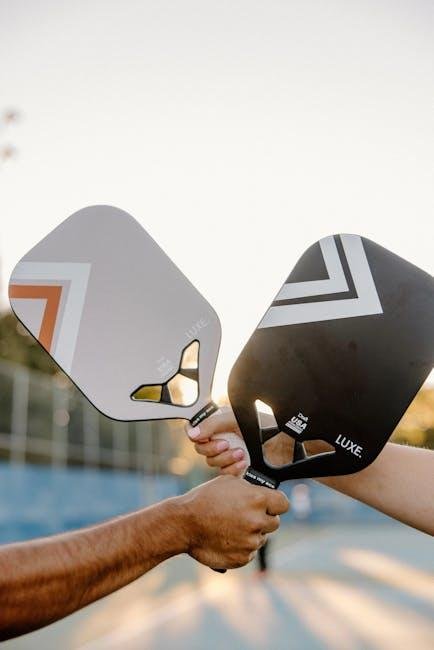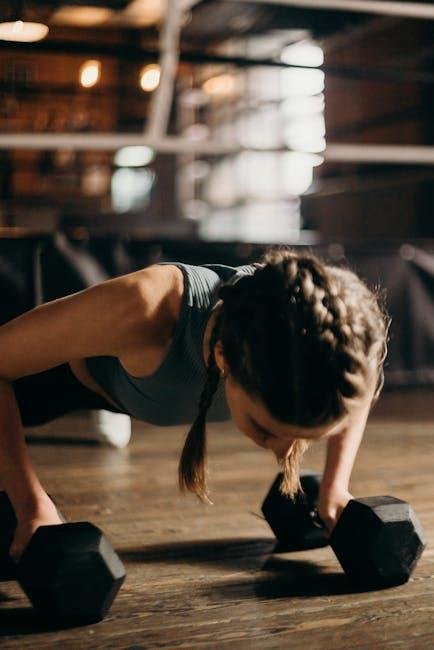How to Paddle Efficiently and Avoid Shoulder Pain: A Guide for Water Adventurers
As the sun rises over calm waters, a kayak or canoe becomes a vessel of freedom, beckoning you to explore hidden coves and serene landscapes. Yet, for many paddlers, the joy of gliding through serene waters can be overshadowed by discomfort and pain, especially in the shoulders.The rhythmic pull of the paddle, while invigorating, can lead to strain and injury if not approached with care and technique.In this article, we will delve into the art of paddling efficiently—equipping you with practical tips and insights to enhance your technique and safeguard your shoulders.Whether you’re a seasoned paddler or a curious newcomer, understanding how to paddle with skill and mindfulness can transform your experiance on the water, allowing you to enjoy every moment without the nagging specter of pain. Let’s embark on this journey together, discovering the harmony between power and precision in every stroke.
Mastering the Paddle Technique for Optimal Performance
To truly excel in paddling,it is essential to grasp the intricacies of the technique,as this will not only enhance performance but also help in injury prevention. A few foundational principles include:
- Grip and Posture: Ensure you hold the paddle firmly but not to tightly.Your posture should be upright, with your shoulders relaxed to avoid any tension.
- Blade Entry: the blade should enter the water cleanly at an angle, allowing for maximum efficiency during each stroke.
- Core Engagement: utilize your core muscles to drive the strokes.This distributes effort and reduces excessive strain on your shoulders.
Moreover, always pay attention to your follow-through.A proper stroke concludes with the blade exiting the water smoothly,allowing for a natural return motion. Some key points to remember are:
- Rotation: Involve your entire upper body in the stroke. A good rotation can significantly reduce the load on your shoulders.
- Timing: Develop a rhythmic cadence. Synchronizing your strokes with your breath can enhance oxygen flow and reduce fatigue.
- Practice Drills: Regularly incorporating drills focused on stroke efficiency can instill proper techniques and muscle memory.

Understanding Body Mechanics to Minimize Strain
To paddle efficiently while minimizing the risk of strain, understanding the principles of body mechanics is key. Proper alignment and posture help distribute the forces exerted during paddling, decreasing the load on your shoulders.Focus on the following techniques to enhance your paddling form:
- Engage Core Muscles: Your core stabilizes your body, allowing your arms and shoulders to work more effectively.
- Maintain a Neutral Spine: Keep your back straight and avoid excessive twisting to prevent strain on your back and shoulders.
- Use Your Legs: Initiate the stroke from your legs, transferring energy through your core, and reducing pressure on the shoulders.
Additionally, consider the way you grip the paddle and the angle at which you enter the water. Incorrect grip can lead to fatigue and discomfort. Adjust your technique by incorporating the following tips:
| Paddle Grip Tips | Proper Angle Techniques |
|---|---|
| Use a relaxed grip to lessen tension. | Ensure the blade enters the water at a 45-degree angle for smoother strokes. |
| Hold the paddle with hands shoulder-width apart. | Exit the blade from the water swiftly to reduce drag. |

Stretching and Strengthening: Building a Resilient Shoulder
To enhance shoulder resilience, incorporating targeted exercises into your routine is essential. Stretching improves flexibility, while strengthening builds muscle to support the joints. Begin with gentle stretches such as:
- Cross-body shoulder stretch: Gently pull your arm across your body to feel a mild stretch.
- Overhead tricep stretch: reach one arm overhead, bending at the elbow to stretch the back of the arm.
- Chest opener: Clasp your hands behind your back and lift to open up the chest and shoulders.
In parallel, integrate strengthening exercises that focus on the shoulder girdle. Examples include:
| Exercise | Repetitions |
|---|---|
| Shoulder Press | 10–15 |
| Lateral Raises | 10–15 |
| Rows (bands or weights) | 10–15 |
When combined,these activities promote balanced shoulder muscularity and prevent overuse injuries frequently enough experienced by paddlers. Consistent practice fosters greater endurance,allowing you to enjoy longer sessions with less discomfort.

Choosing the Right Equipment and Ergonomics for Comfort
Choosing the appropriate gear is essential for enhancing your paddling experience and minimizing the risk of discomfort. High-quality paddles crafted from lightweight materials can make a significant difference in your performance and stamina.Opt for paddles with adjustable lengths to suit your height and paddling style, ensuring you maintain proper reach and leverage with every stroke. Additionally, the grip of your paddle should feel agreeable and secure; consider paddles with ergonomic handles that reduce strain on your hands and wrists.
Moreover, investing in a well-designed kayak or canoe seat can greatly improve your posture and overall comfort. Look for seats that offer lumbar support and adjustable features. The following factors greatly contribute to your ergonomic setup:
- Seat Height: Ensure it’s at an optimal level to avoid knee strain.
- Backrest Position: adjust it to maintain a natural spinal alignment.
- Padding quality: Choose seats with adequate cushioning to protect against long hours of paddling.
| Equipment | Recommended Features |
|---|---|
| Paddle | Lightweight, Adjustable Length, Ergonomic Grip |
| Seat | Lumbar Support, Adjustable Height, Quality Padding |
| Footrests | Adjustable, Non-Slip Surface |
In Retrospect
mastering the art of efficient paddling not only enhances your time on the water but also protects your body from the strains that can lead to shoulder pain. By adopting proper techniques, maintaining a strong core, and listening to your body, you can transform your paddling experience into one that is both enjoyable and healthy. Remember, each stroke is an opportunity to connect with nature and yourself — make it count! Whether you’re gliding peacefully across a calm lake or battling the waves in open sea, approach your paddling with intention and care. Embrace the rhythm, and let the water carry you to new adventures, pain-free and full of life. Happy paddling!
